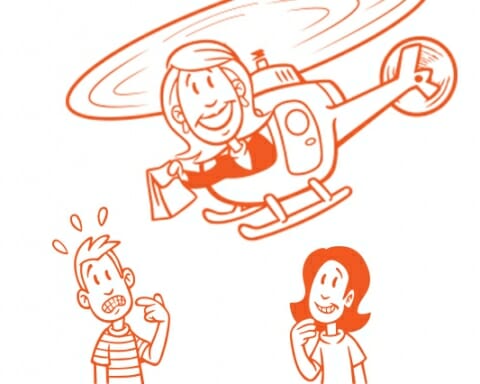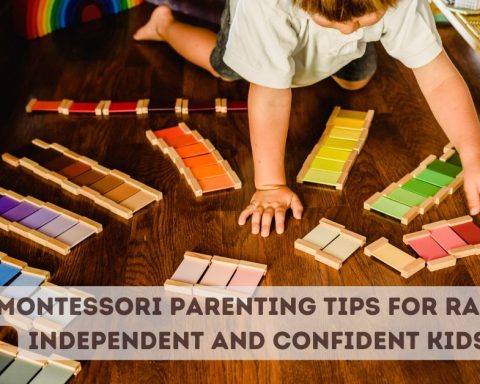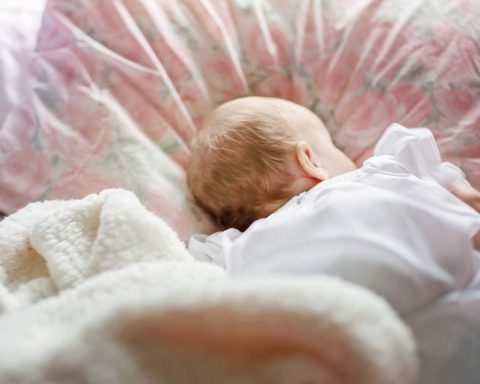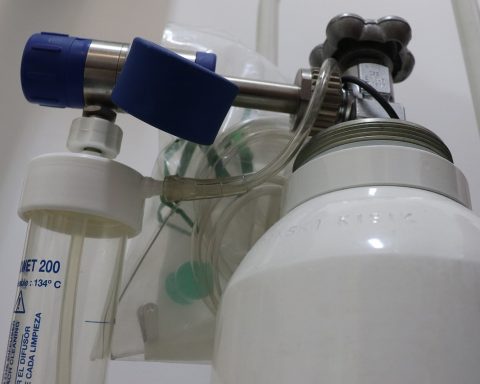Parenting with love and limits becomes difficult if children start displaying signs of separation anxiety.
Babies initially spend a majority of their time sleeping, but once they are six to eight months old, they become more aware of familiar and unfamiliar surroundings and start to recognize their parents and caregivers. At this stage, children may begin to experience separation anxiety, which means that they exhibit signs of panic and stress if their parent or caregiver is out of sight. They may cry incessantly and not let their parents out of their sight.
A child’s clinginess can be very tiring for the parents when they need to do chores around the house, travel, or simply need some personal space. Unfortunately, the clinginess associated with separation anxiety tends to escalate and can be even more challenging once the child becomes a toddler. Indeed, separation anxiety reaches its peak during the toddler stage. It becomes very hard for parents to go to work and run errands in peace.
With time, adequate care, and strategizing, children overcome their separation anxiety in most cases. However, according to research, “Some children, however, consistently react to separation with excessive anxiety and distress and experience a great deal of interference from their anxiety. For these children, a diagnosis of separation anxiety disorder (SAD) might be warranted.”
Parents should have some personal time to attend to their own personal and emotional needs in order to avoid energy burnout. So, how do parents cope with a child who suffers from separation anxiety? Parenting with love and limits may provide a solution.
Why Is Your Child Being So Difficult?
Parents often wonder why their babies are being so clingy and difficult. As a matter of fact, babies are genetically programmed this way. Having some insight into what’s going on in the baby’s mind can help parents understand, empathize, and cope with clingy behavior.
A baby’s universe is very small; the parent is its whole world. So when a parent leaves, the baby cries because the baby feels as though his or her safety is threatened. The baby thinks that the parent may never return and has yet to learn that the parent is going to come back.
There is a distress system in a baby’s lower brain that programs the baby to stay close to the parent or caregiver in order to keep itself safe. This same system makes the baby cry to alert the parent of possible danger when he or she is not in sight. This instinct is hypersensitive and goes into overdrive at the slightest of provocation.
When a baby is in panic mode, the stress chemicals in the brain can rise to dangerous levels. If left unchecked for a long time, stress can have a detrimental effect on the brain’s emotional development, causing adult separation anxiety disorder (ASAD), panic when interacting with unfamiliar people and situations, the inability to be alone, unsociability, or phobic behavior as teens or adults.
One research study points out, “While differential diagnosis is certainly important, clinicians should also be mindful that children diagnosed with SAD [separation anxiety disorder] often have comorbid psychiatric disorders. In clinical samples, approximately one-half of children with SAD are diagnosed with an additional anxiety disorder, most commonly specific phobia or GAD [generalized anxiety disorder].”
Another research study deduced that admitting children into daycare at two or three years of age has a negative effect on the mother-child relationship, stating, “Findings indicate qualitative disturbances in the mother-child relationship in day-care children, and this was attributed to the disruptive effects of frequent daily separations. The child’s age at the time that daycare began influenced the kind of disturbance shown. Those who started daycare at age 2 showed avoidant behavior upon reunion with the mother, whereas those who started daycare at age 3 showed anxious, ambivalent behavior.”
How to Handle Separation Anxiety in Children: Parenting with Love and Limits
When a baby learns to crawl and walk, he or she follows the parent around; as a result, the baby cries less. A toddler tends to fuss a lot. However, once the frontal lobe starts developing, the distress system in the lower brain regulates itself, and the baby learns to self-soothe. In addition, parenting with love and limits helps babies understand that parents cannot possibly take them along everywhere.
Here are some tips for training children to handle separation anxiety a little bit better:
- Practice periodic separation at home. Before leaving a child at daycare, try practicing periodic separation at home. Leave the baby in its crib, go to another room, and then come back. Leave the child with a caregiver and go out for a little while. Gradually lengthen the separation period. The child may fuss and cry a lot initially, but he or she should slowly get used to the idea that the parent is going to come back eventually.
- Leave the baby with a trusted caregiver. When going out, it is better to leave the baby with a familiar and trustworthy family member, such as a grandparent, an aunt, or a family friend, instead of a totally new face. However, not everyone has that kind of familial support. Therefore, finding the right caregiver or childcare center is very important.
- Allow a babysitter to build a rapport with the baby first. When hiring a babysitter, allow some time for the child to develop familiarity and a bond with the babysitter. Hire a caregiver before you actually need babysitting services. Either invite the babysitter to your house or leave the child with the babysitter for a while so that they can interact and bond before the babysitter’s services are needed.
- Develop a consistent goodbye routine. When leaving the baby or toddler with a caregiver on daily basis, establish a consistent routine for saying goodbye rather than trying to sneak away. Also, try to return at a fixed time every day. The child may fuss for a while, but a consistent routine helps the child learn that the parent is only going to be gone for a while and will eventually come back at a specific time.
- Stock up on comfort items. When leaving the child at a daycare or with a caregiver, give the child a few familiar items to carry, such as a favorite blanket, toy, or binky. These familiar items give the child, especially infants, a sense of comfort and assurance in the absence of the parent. Eventually, babies and toddlers learn self-soothing behavior.
Separation anxiety can be tough for both the children and the parents. However, through parenting with love and limits, parents can help their child through this phase so that the child can thrive emotionally and become independent.
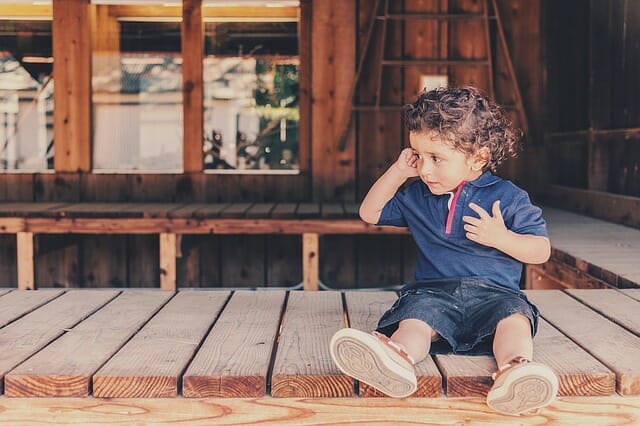
References
- Jurbergs, Nichole, and Deborah Roth Ledley. “Separation Anxiety Disorder.” Pediatric Annals 34, no. 2 (2005): 108–115. Retrieved from https://bit.ly/2ttl5Yq
- Blehar, Mary Curtis. “Anxious Attachment and Defensive Reactions Associated with Day Care.” Child Development 45, no. 3 (1974): 683–692. Retrieved from http://www.jstor.org/stable/1127834


